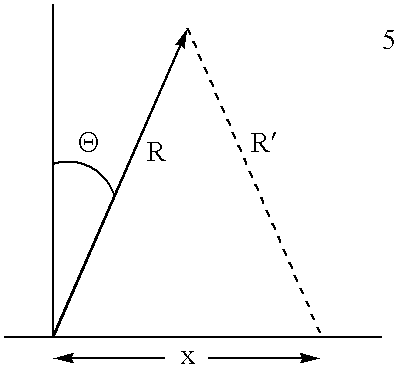Beamformed ultrasonic imager with delta-sigma feedback control
a technology of deltasigma and ultrasonic imager, applied in ultrasonic/sonic/infrasonic diagnostics, instruments, applications, etc., can solve problems such as difficult implementation, delay, and change, and achieve the effect of improving step error and small average error
- Summary
- Abstract
- Description
- Claims
- Application Information
AI Technical Summary
Benefits of technology
Problems solved by technology
Method used
Image
Examples
Embodiment Construction
III.0 The Transmit Components
[0071] This section discusses in detail transmit beamforming elements of the beamforming system 10 of FIG. 3 of the ultrasonic imaging system of FIG. 1. In many ways, transmit operation of the beamforming system 10 is more straightforward and simpler to understand than receive, and consequently is presented first. Section IV will present the receive components of this invention. Some components are used both for transmit and receive (the most significant of these being the delay structures). They will be presented here rather than in section IV.
III.1. The Array
[0072] The two dimensional array 12 of acoustic transducers consists of 192 azimuthal elements by 8 elevational elements. Of the 192 azimuthal elements, only a subaperture of 64 will be active for any transmit and receive beam. The active aperture, therefore, is 64 azimuthal by 8 elevational elements, yielding a total active channel count of 512. Stepping this 64 element subaperture across the 192 ...
PUM
 Login to View More
Login to View More Abstract
Description
Claims
Application Information
 Login to View More
Login to View More - R&D
- Intellectual Property
- Life Sciences
- Materials
- Tech Scout
- Unparalleled Data Quality
- Higher Quality Content
- 60% Fewer Hallucinations
Browse by: Latest US Patents, China's latest patents, Technical Efficacy Thesaurus, Application Domain, Technology Topic, Popular Technical Reports.
© 2025 PatSnap. All rights reserved.Legal|Privacy policy|Modern Slavery Act Transparency Statement|Sitemap|About US| Contact US: help@patsnap.com



